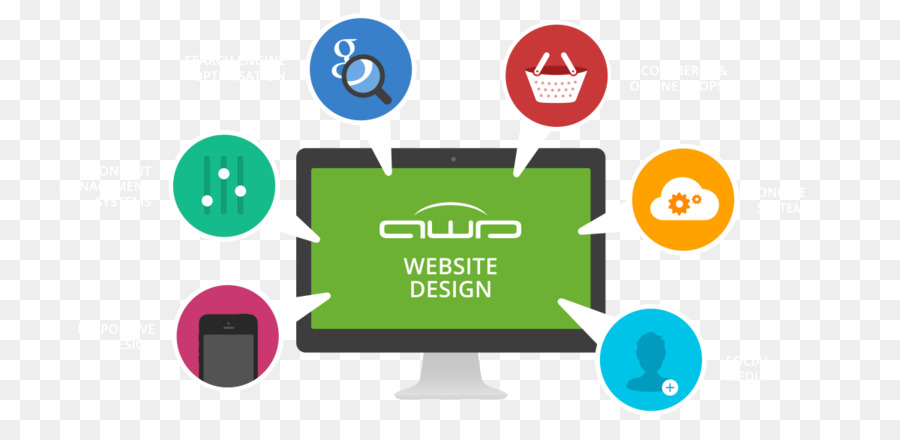In the past, web sites were easy and focused on details. Navigating was direct, and layout was for desktop computers. Now, customer experience is crucial. Information overviews layouts for simple navigation. Receptive formats suit various tools. Today, dark setting lowers strain, and minimalist food selections boost navigation. Interactive features engage users, and bold visuals stand out. AI assimilation improves engagement. See just how style has actually progressed to improve your online trip.
Very Early Days of Web Design
In the very early days of website design, simplicity reigned supreme. Sites were standard, with restricted colors, font styles, and designs. The focus was on offering details instead of fancy visuals. Users accessed the internet via slow-moving dial-up links, so speed and performance were key.
Navigation menus were straightforward, usually situated at the top or side of the page. Websites were designed for desktop computers, as mobile browsing had not been yet prevalent. Material was king, and designers focused on easy readability over intricate design components.
HTML was the primary coding language made use of, and developers needed to function within its restrictions. Computer animations and interactive functions were very little contrasted to today's standards. Websites were fixed, with little vibrant content or personalized individual experiences.
Rise of User-Focused Layout
With the advancement of internet site style, a shift towards user-focused style concepts has actually ended up being increasingly popular. Today, creating sites that prioritize user experience is critical for involving visitors and accomplishing service objectives. User-focused design involves understanding the requirements, preferences, and behaviors of your target market to customize the site's layout, web content, and includes appropriately.
Designers now carry out comprehensive research, such as user studies and functionality screening, to collect insights and comments directly from users. This data-driven strategy helps in developing instinctive navigating, clear calls-to-action, and aesthetically appealing user interfaces that reverberate with site visitors. By positioning the user at the facility of the style procedure, internet sites can provide an extra personalized and delightful experience.
Receptive design has actually also emerged as a key aspect of user-focused layout, guaranteeing that web sites are maximized for numerous tools and screen sizes. This adaptability improves ease of access and use, dealing with the diverse methods customers interact with internet sites today. Basically, the surge of user-focused layout indicates a change towards producing digital experiences that prioritize the needs and expectations of the end user.
Modern Trends in Website Design
Discover the most recent fads forming web design today. One famous fad is dark setting design, providing a smooth and modern-day appearance while lowering eye strain in low-light settings. An additional essential trend is minimal navigation, simplifying food selections and enhancing individual experience by concentrating on essential elements. Incorporating micro-interactions, such as computer animated buttons or scrolling results, can produce an extra engaging and interactive site. Responsive layout remains critical, guaranteeing seamless customer experiences across numerous tools. In addition, making use of strong typography and unbalanced designs can add aesthetic interest and accentuate particular web content.
Integrating AI technology, like chatbots for customer support or personalized recommendations, improves user involvement and streamlines processes. Ease of access has likewise come to be a considerable pattern, with designers focusing on comprehensive design practices to accommodate diverse customer needs. Embracing sustainability by optimizing site efficiency for speed and efficiency is an additional emerging pattern in web design. Working together with individual comments and data analytics to repeat and enhance design constantly is necessary for remaining relevant in the ever-evolving electronic landscape. By accepting these contemporary fads, you can develop an aesthetically enticing, user-friendly internet site that reverberates with your audience.
Conclusion
As you review the development of website design from the early days to now, you can see how user-focused design has actually come to be the driving pressure behind contemporary trends.
Welcome the journey of change and adaptation in web design, always maintaining the customer experience at the center.
Stay present with the most recent patterns and technologies, and never quit evolving your method to create visually sensational and user-friendly web sites.
Evolve, adjust, and produce - the future of web design is in your hands.
